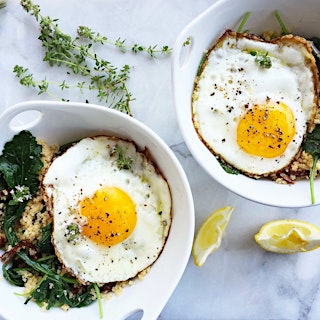No Food Waste
What’s Inside
What’s In & What’s Out
- Don’t toss anything that’s edible—use the whole thing (by making carrot top pesto or roasting squash seeds).
- Revive old produce instead of throwing it away.
- Repurpose veggie scraps you don’t use by freezing them for broth.
- Don’t discard imperfect produce—eat the good parts, and compost the rest.
- Give away food you can’t eat.
- Save leftovers, both when you go to a restaurant and when you cook at home.
- Don’t take more food on your plate than you can eat.
- Compost all other produce scraps.
- In an ideal world you would save all chicken bones (both at home and from a restaurant) and freeze them for broth, but we’re all for progress over perfection, so we’ll let that slide (but extra credit points if you do)!
- If you slip and forget to compost or reuse, no biggie. Slipping means you’re trying, which is what counts! You can get back on track for the rest of the day.
Why This Is A Good Idea
Did you know that we waste up to 40% of our food? Almost half! To put it in perspective, that’s about 400 pounds per American every year—wasted. The United States spends over $218 billion producing food that isn’t consumed, and while food waste happens all along the supply chain, household food waste accounts for 40%—the largest slice of the food waste pie.
Not only is wasting food a lousy idea for your bank account, it also takes a toll on the environment. 52.4 million tons of food are sent to the landfill each year, which produces 124 million tons of greenhouse gases emissions. In fact, food-filled landfills are the third largest producer of methane gas in our country, which translates to a potential global warming impact that is 25-30 times greater than that of carbon dioxide. Food waste consumes about ⅕ of all freshwater, fertilizer, cropland, and landfill volume. If we were to reduce our food waste by 50% annually, we could cut greenhouse gas emissions by 18 million tons, and save 1.6 trillion gallons of water per year. Developing some simple food-saving habits like composting scraps and repurposing leftovers could dramatically help you save money and protect the planet with minimal effort.
Basic Tips
- Be sure to check in at every meal; it’s more effective than waiting till the end of the day. Draw a check mark if you had a meal and didn’t throw any food or ingredients into the trash, or use a pass if you did throw food or ingredients into the trash. You should check in multiple times a day.
- Buy what you need - Simply planning your meals so you don’t buy too much food is one of the easiest ways not to waste food.
- Use the whole thing - Have carrot tops? Turn them into pesto. Just juiced a lemon? Remove the pith and infuse the skins in olive oil with some herbs for your next vinaigrette. Peeled some potatoes? Toss the skins with olive oil, salt and spices and roast them in the oven to make chips.
- Store your food properly - Foods spoil more quickly when stored incorrectly. Keep onions, garlic, potatoes and squash in a cool dark place (but not in the fridge). Store whole greens such as kale, chard and collards with a towel to absorb moisture in a plastic bag in your fridge. Don’t store fruits and vegetables in the same crisper drawer. Don’t keep olive oil above the stove or the heat will cause it to go rancid.
- Know food CPR - Are your greens or carrots looking wilted? Plunge them into an ice water bath to crisp them up. Sad celery? Cut off the bottoms and place stems in a jar of water like you would a bouquet of flowers.
- Use your freezer - Going out of town and have a leftover onion? Dice and freeze it. Then simply toss it in a pot with olive oil the next time you start to make a soup. Speaking of soup—freeze celery, carrot, and fennel ends, onion roots and skins, and kale stems to use in vegetable stock. Didn’t eat the whole loaf of bread? Slice and freeze the remainder for quick toast in the morning.
- Love thy leftovers - Have a few bites of vegetables left on your plate at the restaurant? Take them home to eat in your omelette tomorrow morning. Leftover chicken breast? Slice it and make a sandwich for tomorrow’s lunch. Extra plain brown rice? Heat it up with some milk and cinnamon for breakfast the next day.
- Trust your nose - “Best by” & “Sell by” labels aren’t standardized, so food is usually good past the date. If it smells ok and looks ok, it’s probably safe.
- Ugly is delicious - Imperfect or slightly deformed produce is just as tasty as the classically beautiful specimens that line grocery store shelves, yet they account for almost half of wasted food.
- Donate - Give excess food to a friend, or contact your local pantry to donate food before it goes bad or before you go on vacation. If you’re in the UK, use the Olio app to find recipients for your donations. If you’re in the US and have excess produce, check Ample Harvest or Feeding America to find a pantry who can take your produce donations.
- Compost it! - If your produce is definitely no longer edible, compost it in your yard, or store scraps in a bag in your freezer before taking them to your local farmers market drop off.
Recipes
Cherry Tomato Confit by JenniferEmilson 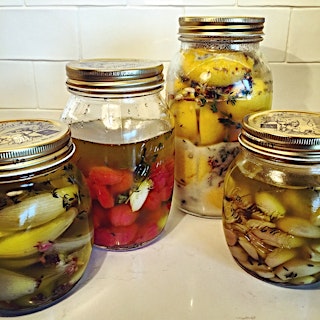
Vegetarian “Trash” Hash by Newgent 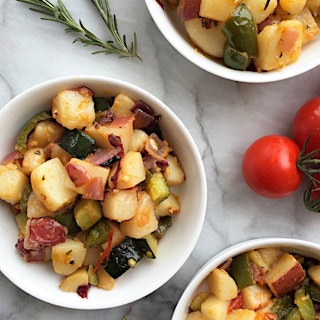
Kale and Couscous Breakfast Bowl by Newgent
Spicy Stuffed Eggplant by munchiemummy 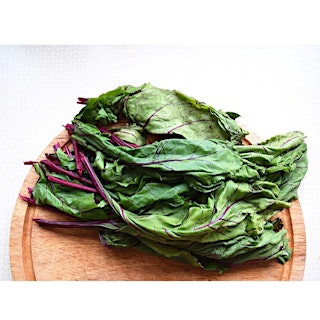
Roasted Fennel and Broccoli (Stem) Soup by munchiemummy 
Anything Pesto by simplywithout 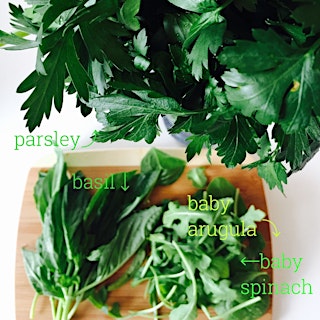
Don’t Be A Jerk Soup by LezEngel 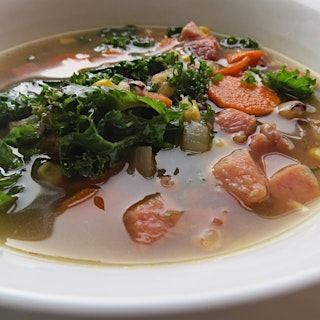
Stuffed Roasted Squash by JenniferEmilson 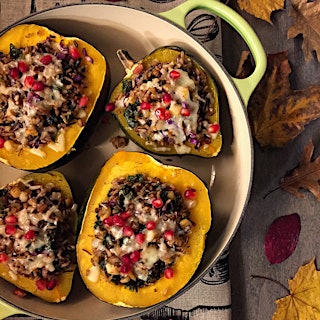
Winter Vegetable Salad by annefood 
Primo Antipasto Pasta by JenniferEmilson 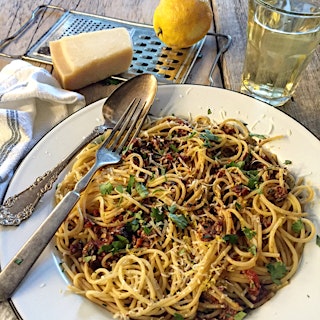
Smart Things To Read And Watch
- Foodstand’s Top 5 Ways to Cut Food Waste
- 10 Foodstander-Approved Ways to Waste Less Food
- Rodale’s 7 Things You Need to Know To Start Composting
- Rodale’s How To Build A Compost Pile
- A Place to Rot: The Modern Farmer Guide to Compost Bins
- Behind The Plate with Tristram Stuart
- Behind The Plate with Eva Fowler
- Behind The Plate with Emily Broad Leib
- Behind The Plate with Keith Carr
- Behind The Plate with Dana Gunders
- ReFED Roadmap
- Loving Mothers’ Giant Meals…
- Mobile Pantries
- Imperfect Produce in the NYT
- Garbage entrepreneurs are turning food waste into a business
- Baby carrots are not baby carrots
- How to revive old food
- Is that milk past its ‘sell by’ date? Drink it anyway.
- My Week of Waste-Free Cooking
- Watch: EXPIRED
